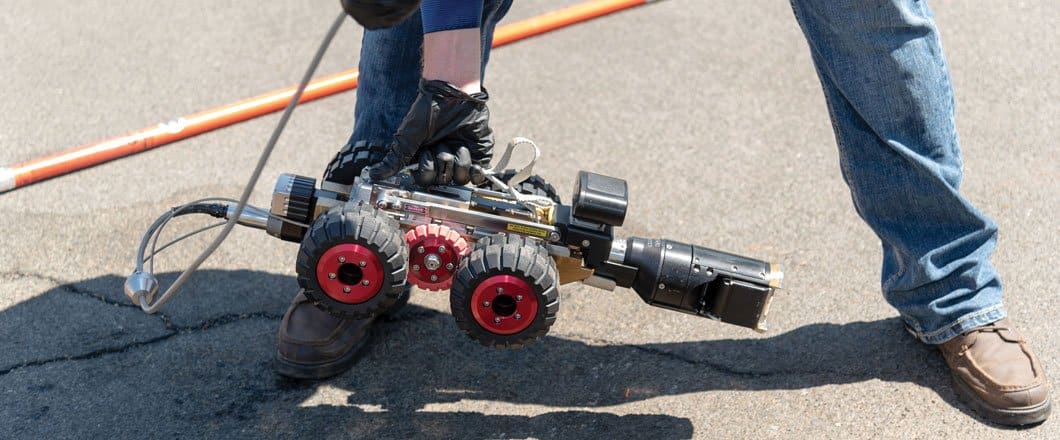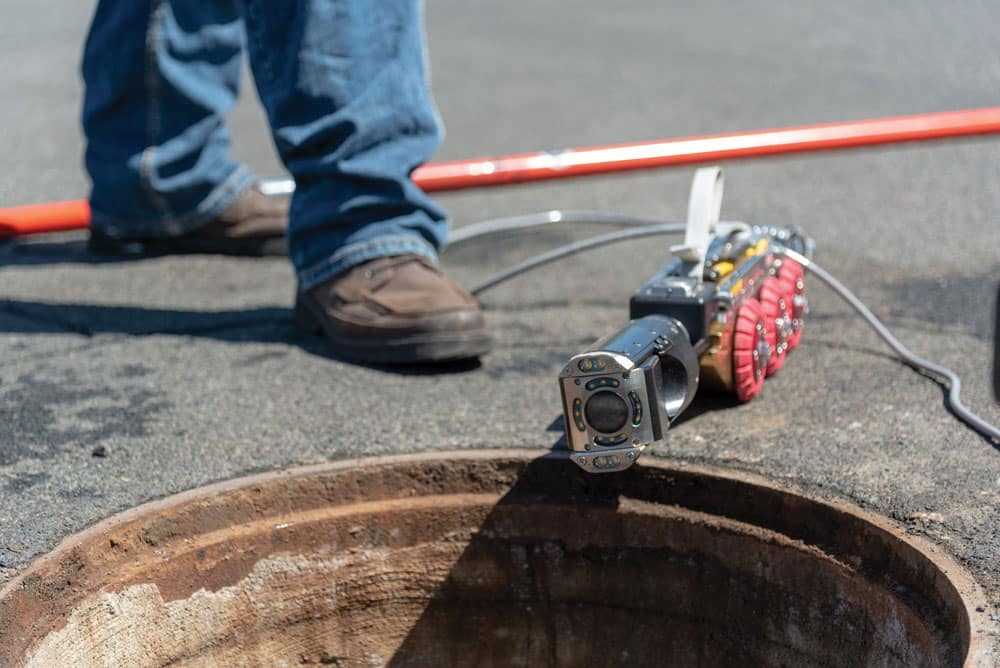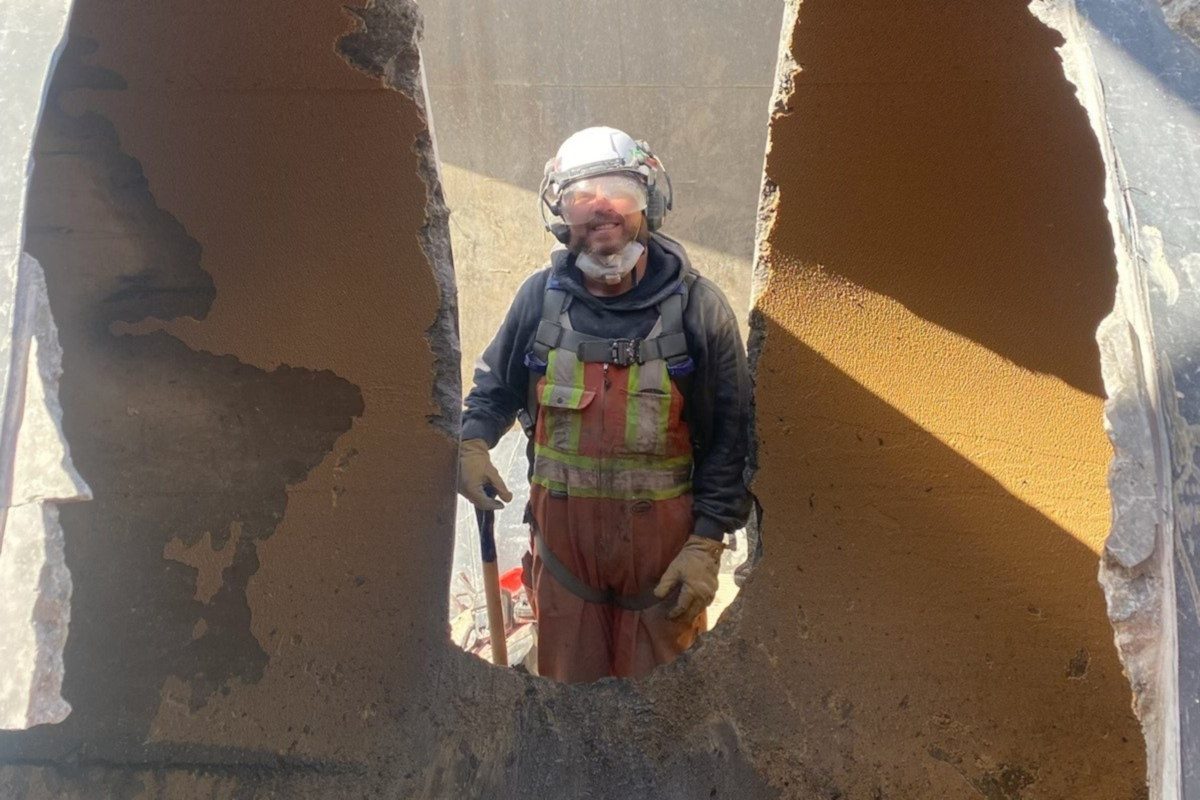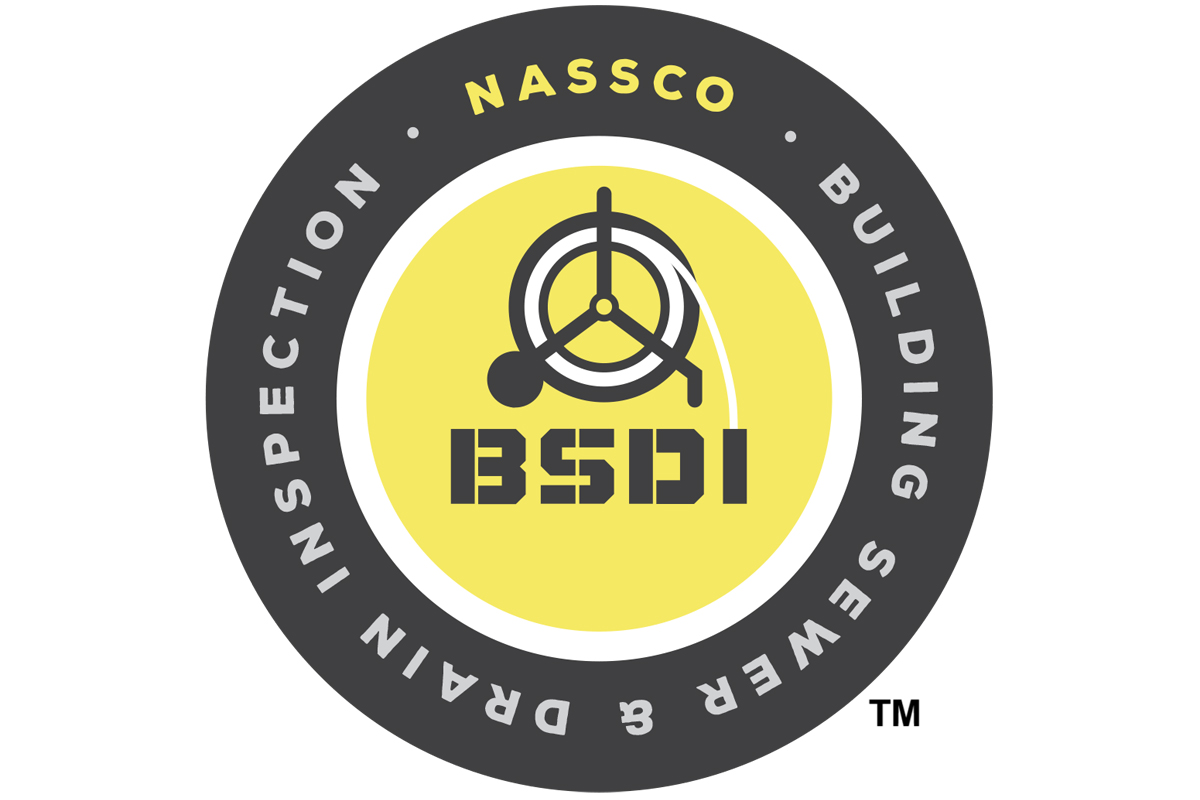
Checking in On Pipe Inspection – How Are Today’s CCTV Market and Customers Doing?
What is the condition of our underground infrastructure? That is the all-important question municipalities try to determine when deploying their CCTV camera systems, maneuvering them through the maze of pipes to assess every mark, shadow or possible crack.
The information that the equipment and data software provide their municipal operators is the key; crews need the proper instruments to make accurate and fast pictures, as well as capturing all the data needed to make cost-effective and cost-efficient maintenance and rehab decisions.
RELATED: How Do you Keep Sewer and Pipe Inspection Camera Tractors Clean?
The CCTV system market was already strong and 2020 continued that trend, even with a pandemic raging across the globe for the last year. Maintaining our underground infrastructure — deemed essential services by the U.S. government — continued its day-to-day work here and this included CCTV inspections.
We checked in with CCTV camera system manufacturers, asking for perspective on today’s CCTV camera-buying customers and how the market looks going forward in 2021. While it’s generally understood that municipalities will continue to tighten their financial belts in 2021, manufacturers still describe the 2020-2021 market with this singular word: Growth.
“Outside of the COVID-driven pause our entire industry weathered in mid-March to May 2020, the CCTV business has been strong,” says Aries vice president of sales Jim Kraschinsky. “Contractor business, while always strong, seemed to be even stronger. Most municipalities kept budgets intact for outsourcing inspection and rehabilitation and for equipment purchases on their own.”

RapidView vice president of sales and marketing Matt Sutton concurs with Kraschinsky’s 2020 assessment. “Even with the challenges presented by the pandemic, we grew by the largest margin in our history and had our most successful year ever,” he says, noting that like other companies, RapidView pivoted from face-to-face customer meetings, instead using video meeting technology to share technology updates to its customers. “Our team is very optimistic about 2021. We may see municipal budgets tightened due to increased spending on the pandemic response and decreased revenues, but we are confident that our market can continue to grow.”
A complete camera system can make or break an assessment of underground infrastructure. Key components of a system include the camera, vehicle, tractors, reels, winches, cables, controllers, computers and software for data acquisition and determination. Price tags for these systems can fluctuate, depending on vehicle, specific equipment and options. These full systems can cost a customer anywhere from $250,000 and up, depending on the bells and whistles added to the basic system.
RELATED: Moving Lateral Inspections Forward
“A complete CCTV system will vary by function, but will include the same basic component package,” says CUES NW regional sales manager Gillian Wilson. “A CCTV platform is the base and can be portable or vehicle mounted. This will include a reel with cable for power and video transmission, electronics to run the robotics, a monitor for viewing and a camera and transporter for the inspection. From this platform, users can expand adding inspection software, various robotics, depending on the project and endless interior storage and comfort options.”
Wilson notes that the CCTV camera market can support all budgets at any given time. “From a simple push camera system, all the way to a fully built out vehicle,” she says. “Used and demo equipment is also an option.”

Sutton says he encourages potential and long-standing customers to consider what the “true cost” of the equipment is when making their decision to grow its fleet. That “true cost” is more than the purchase price but also includes maintenance and usage costs for the system. “These are things that someone should investigate before they make a purchase,” he says. “We have all made a mistake and purchased something cheap, only to find out that it was a mistake when it turned out to be unfit for its purpose or was manufactured to such a poor-quality standard that it could result in lots of downtime and additional cost. I would strongly suggest that someone answer those questions before they decide to evaluate the purchase price of any piece of equipment.”
As customers put together their lists of questions for this important purchase, our panel offers several to be included, ranging from data needs to serviceability to training to life expectancy. “Support is the biggest factor to any system,” says Wilson. “The market today offers many good CCTV solutions and most perform acceptably during a demo. I encourage customers to think long term.”

She also notes asking if the vendor is factory direct or do they use a dealer; if using a dealer, how many other brands has the dealer sold and what happens to the support when they change brands again. Also, super important: Check references.
Among the critical questions Kraschinsky says should be included are: What is the pipe size and material capabilities, which is important to ensure the equipment is able to accurately capture video and maneuver in all conditions. Because of the critical importance of data capturing and report, make sure your new equipment meets your data needs. Inquire about the equipment’s serviceability and how easily it is to maintain in the field, as well as after-sale support and replacement parts. The answers to these questions are paramount because serviceability elements affect up time, he says.
As the CCTV market has evolved and matured, so have the customers. Today’s customers are savvy with their questions and do their homework, our panel notes. “There are more products on the market and more equipment manufacturers. The internet puts information on the industry, available providers and specific equipment at customers’ fingertips,” says Kraschinsky.
RELATED: The Cutting Edge: Lateral Cutters Serve a Critical Role in the Rehabilitation Process
Sutton concurs, adding, “They also have peer groups on social media that can provide more real-world feedback. As technologies become more advanced, it can seem as though it is more complicated; however, all these technologies exist to do one thing — provide users with data, in order to enable better decision-making.”
As the market has evolved and grown, innovations to technology and software have been and will continue to be a huge part of the reason. High-definition imagery. Faster and more accurate data acquisition software. Panoramic video capabilities. The list goes on.
“Innovation has driven improvements in just about every aspect of video inspection,” Kraschinsky says. “Image quality and clarity from one video inspection shows much more detail to diagnose and revolve pipe issues. The equipment has improved to be more compact, durable and flexible.”
He and the rest of the panel note the innovation of self-propelled tractors, as well as lateral launch technology, which led to advancements in grouting and self-propelled rehab cutter technology for in-pipe repair.
“The goal of inspection is to observe and document pipeline conditions so that system owners can make rehabilitation decisions,” Sutton says. “Every system component exists to provide this data. Better data, therefore, can lead to better decisions. Inspection systems are evolving to provide high-definition images and geometric data to help that effort.”
Sharon M. Bueno is managing editor of Trenchless Technology.




